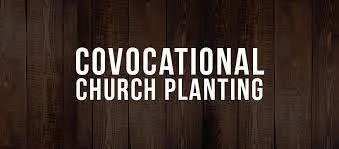La plantación covocacional ayuda a disminuir la división entre lo sagrado y lo secular en lo que respecta a la vocación. La congregación puede ver al plantador de la iglesia modelando el hecho de que todo trabajo importa.
All in Covocational
Overcoming the Greatest Covocational Challenge
The single greatest challenge for Covocational leaders is time. There never seem to be enough hours in the day to accomplish everything. When a church leader is working 30, 40, or even 50 hours a week in the marketplace, it is difficult to create and maintain proper rhythms between family, vocation, ministry, and health.
Work Matters
The idea of rethinking vocation must start with considering the sacred/secular divide, or what some people refer to as the problem of dualism.
5 Reasons to be Covocational
There are at least five distinct reasons to consider being a Covocational leader as you plant a church.
Covid19 Implications for the Church
In this episode, Dhati Lewis and Brad Brisco, the director of bivocational church planting for the North American Mission Board, discuss four things every pastor and church planter should be thinking about today, before COVID-19 subsides.
Covo and Covid 19
I think it is important to pause and reflect on the benefits of bivo/covo planting in the current "social distancing" climate we find ourselves in.
Free Covocational Church Planting ebook
Over the past several years there has been an increasing interest in church planting. As a result of declining attendance and the closing of many existing churches, every major denomination is focusing more resources toward starting new congregations. In the midst of this proliferation of church planting, one of the most significant trends is the starting of new churches by covocational leaders.






